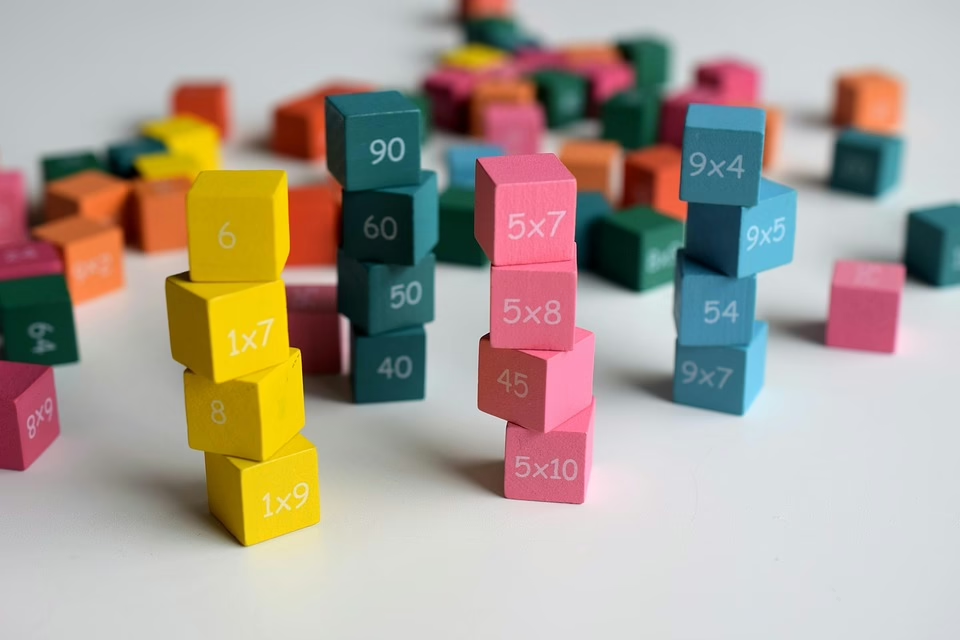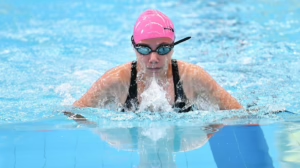The Science of Teaching: Innovative Techniques Used by Top Physics and Math Tutors
Introduction
The field of education is constantly evolving, and with the increased prevalence of technology and new pedagogical theories, the methods employed by top tutors in physics and mathematics have become more sophisticated. Understanding how to convey complex ideas effectively is not only vital for student success but also for the development of critical thinking. This article explores the innovative techniques utilized by the best tutors in the subjects of physics and mathematics, drawing on both current educational research and practical experiences.
1. Active Learning: Engaging Minds
Active learning is a pedagogical approach where students engage with the material, participating in the process rather than passively receiving information. Many top tutors utilize problem-based learning (PBL), where students are presented with real-world problems to solve. This method encourages critical thinking and the ability to apply theoretical knowledge in practical situations.
A study published in the Journal of Engineering Education found that students in courses where PBL was implemented not only performed better in terms of grades but also reported higher levels of engagement and satisfaction with their learning experience[^1].
2. Collaborative Learning: Peer Interaction
Collaboration is a powerful tool in education. Tutors foster group work environments, where students are encouraged to learn from one another. This approach can take various forms, including group discussions, peer teaching, and collaborative problem-solving tasks.
Research indicates that collaborative learning helps students develop communication skills and enhances their critical thinking. According to a meta-analysis published in the Review of Educational Research, groups that engage in collaborative learning tend to outperform individuals solving problems alone[^2].
3. Technology Integration: Digital Tools
In today’s digital age, technology plays a crucial role in education. Top tutors harness digital tools such as simulation software, interactive apps, and online collaboration platforms to create an engaging learning experience. For example, tools like PhET Interactive Simulations allow students to visualize complex physical phenomena, making them easier to understand[^3].
Moreover, utilizing software such as Mathematica or MATLAB can help students grasp mathematical concepts through visualizations and real-time calculations, leading to a deeper understanding of both subjects.
4. Personalized Learning: Tailoring the Experience
Personalization in education refers to tailoring learning experiences to meet individual students’ needs. High-performing tutors make it a priority to assess the strengths and weaknesses of their students upon starting and then develop customized learning plans.
Adaptive learning technologies can assist tutors in this process. For instance, platforms like Khan Academy adjust the difficulty of problems based on the user’s proficiency, allowing for a personalized study plan that can cater to each student’s individual needs[^4].
5. Socratic Method: Questioning to Promote Understanding
The Socratic method is a form of cooperative argumentative dialogue that stimulates critical thinking through asking and answering questions. This method encourages students to articulate their reasoning while also challenging their assumptions.
Top tutors often use this method to guide students through complex concepts in physics and mathematics. By continually posing questions, tutors can lead students to discover answers on their own, fostering independence and boosting confidence in their problem-solving skills[^5].
6. Visual Learning: Diagrams and Models
Visual aids can significantly enhance understanding in physics and mathematics. Tutors often incorporate diagrams, graphs, and 3D models to help illustrate complex concepts. For example, visual representations of vector addition or force diagrams provide students with a clearer mental picture of abstract ideas.
A research review published in Cognitive Science supports the use of visual learning strategies. It found that students who engage with visual materials tend to retain information longer and perform better in assessments than those who do not[^6].
7. Metacognitive Strategies: Learning How to Learn
Metacognitive strategies involve thinking about one’s own learning processes. Tutors encourage students to reflect on their thought processes, helping them to become more aware of how they learn best. Techniques include self-assessment, goal setting, and strategic planning.
According to a study in Educational Psychologist, promoting metacognition in students leads to improved problem-solving abilities and greater academic achievement[^7]. This fosters a culture of self-directed learning, where students take ownership of their education.
8. Gamification: Making Learning Fun
Gamification involves the integration of game-like elements into the learning process to encourage student engagement. Many top tutors take advantage of this technique by incorporating competitive elements, rewards, or challenges into their lessons.
Research on gamification shows that it can enhance motivation and engagement. A study published in the International Journal of Emerging Technologies in Learning found that gamified learning environments positively affect students’ performance and attitudes towards learning[^8].
9. Formative Assessment: Continuous Feedback
Formative assessments are ongoing assessments designed to monitor student learning and provide continuous feedback. Tutors often use quizzes, in-class activities, and homework assignments to gauge student understanding and adapt their teaching strategies accordingly.
A study in the Journal of Educational Psychology emphasizes the importance of regular feedback, stating that it is one of the most effective ways to improve student learning outcomes[^9].
10. Mindfulness and Stress Management: Well-being in Learning
The importance of mental well-being cannot be overstated. Top tutors often incorporate mindfulness practices into their sessions to help students manage stress and improve focus. Techniques such as deep breathing exercises or short mindfulness sessions can create a more conducive learning environment.
Research has indicated that mindfulness can lead to improvements in cognitive functions, including attention and memory. A study published in Psychological Science found that mindfulness training improved students’ working memory capacity, which is crucial for subjects like physics and mathematics[^10].
Conclusion
The innovative techniques utilized by top physics and math tutors represent a synthesis of educational research and practical application. Active learning, collaborative activities, and technology integration all contribute to creating a dynamic learning environment in which students can thrive.
By fostering a culture of engagement through questioning, visual aids, and gamified learning, tutors can not only enhance student understanding of complex concepts but also inspire a lifelong love for learning. Ultimately, the science of teaching is a multifaceted approach that continues to evolve, and as educational research progresses, so too will the methods employed by educators worldwide.
References
[^1]: Prince, M. (2004). Does Active Learning Work? A Review of the Research. Journal of Engineering Education, 93(3), 223-231. [^2]: Johnson, D. W., & Johnson, R. T. (2009). An Overview of Cooperative Learning. Creative Approaches to Learning, 1(1), 49-55. [^3]: Perkins, D. N., & diSessa, A. A. (1988). Forks in the Road: The Intersection of Science Education, Cognitive Science, and the Development of Scientific Literacy. Science Education, 73(4), 575-612. [^4]: Khan Academy. (n.d.). K-12 Learning. Retrieved from Khan Academy website [^5]: Paul, R., & Elder, L. (2006). The Thinker’s Guide to the Socratic Method. Foundation for Critical Thinking. [^6]: Lowe, R. K. (2003). Insight into Learning from Visuals and Text. Educational Psychology Review, 15(4), 385-397. [^7]: Schraw, G. (1998). Promoting Metacognitive Awareness. Instructional Science, 26(1), 113-127. [^8]: Deterding, S., Dixon, D., Khaled, R., & Nacke, L. (2011). From Game Design Elements to Gamefulness: defining” Gamification”. Proceedings of the 15th International Academic MindTrek Conference: Envisioning Future Media Environments, 9-15. [^9]: Black, P., & Wiliam, D. (1998). Assessment and Classroom Learning. Assessment in Education: Principles, Policy & Practice, 5(1), 7-74. [^10]: Zeidan, F., Johnson, S. K., Diamond, B. J., David, W., & Goolkasian, P. (2010). Mindfulness Meditation Improves Cognition: Evidence of Brief Mental Training. Consciousness and Cognition, 19(2), 597-605.Final Thoughts
As we move forward in the ever-changing landscape of education, adopting and adapting cutting-edge techniques will be essential for educators committed to enhancing student success, especially in intricate subjects like physics and mathematics. By embracing these innovative methods, tutors can not only improve academic performance but also pave the way for future generations of critical thinkers and problem solvers.


























Add Comment